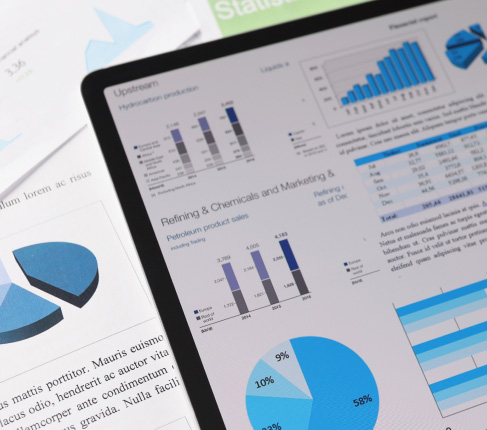The Biden administration has pledged to cut U.S. greenhouse gas emissions by 2030 to half of what they were in 2005, as a part of its renewed commitment to the Paris Agreement. Scaling up offshore wind power is being viewed as a critical step toward this goal.
In order to accelerate development of offshore wind, the Biden administration is partnering with 11 East Coast states. The White House also plans to create jobs by supporting the industry through a domestic supply chain. Initially, the federal-state wind partnership includes Connecticut, Delaware, Maine, Maryland, Massachusetts, New Hampshire, New Jersey, New York, North Carolina, Pennsylvania, and Rhode Island. Other states will be included as their markets develop.
Biden Administration’s Plan
The Biden administration has laid out a plan to ramp up the offshore wind industry by facilitating the development of wind farms in coastal waters, which will also help in increasing jobs and in achieving President Biden’s goal of carbon neutrality.
The plan is to be able to produce around 30 gigawatts of energy through offshore wind farms, in order to power more than tell million homes in the U.S. Currently, the nation’s offshore wind production is less than 1 percent of the goal set by the administration. In case this renewable energy goal is implemented successfully, experts are of the opinion that it will prevent the release of 78 million metric tons of carbon dioxide emission during that time period. According to an estimate by the National Renewable Energy Laboratory, the technical resource potential for U.S. offshore wind is more than 2000 gigawatts. President Biden aspires to unlock more than 100 gigawatts of this capacity by the year 2050.

What are the Challenges?
- Developers face cost and logistics issues, even though the macroeconomic trends continue to be optimistic.
- Disrupted global supply chains and inflationary pressures for commodities.
- Installation of around 2000 turbines in the water by 2030, in order to achieve Biden’s goal of 30 gigawatts of offshore wind power. Currently, the U.S. has only 7 turbines across 2 offshore wind farms.
- According to industry analysts, political opposition and legal challenges might get in the way of any move to ramp up offshore wind capacity.
- Lengthy permitting process of the federal government auctioning off coastal waters for offshore wind power development.
- Another impediment might be the century-old law, known as the Jones Act, which restricts the shipment of cargo between American ports to U.S.-built and -registered vessels operated by U.S. citizens or permanent residents. Turbine installations require the use of special vessels that are not yet produced in the U.S.
These challenges will test the seriousness of the Biden administration’s commitment to dramatically scale up the nation’s offshore wind industry. Their plan has been weighed down recently by rising prices, particularly for gasoline, however, it has potential, and if Biden is successful in helping the offshore wind industry thrive, he will increase jobs in the process, as well as achieve his decarbonization strategy.
Disclaimer: Any opinions expressed in the blog do not necessarily reflect the opinions of Certrec. The content of this blog is meant for informational purposes only.



















